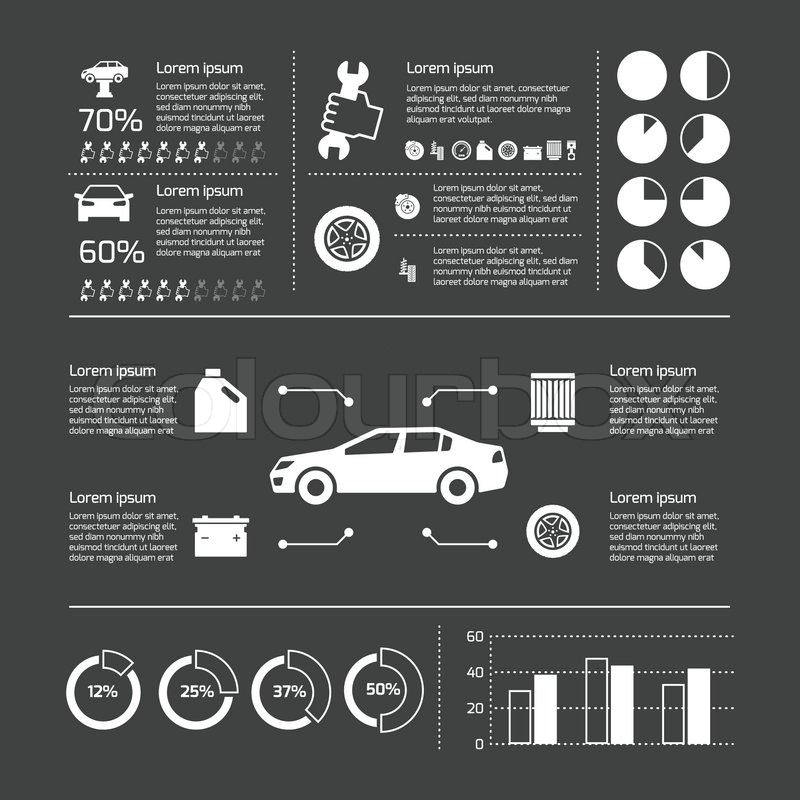The Vital Duty Of Constant Tire Upkeep: Steps For Inspecting And Revolving Your Tires
The Vital Duty Of Constant Tire Upkeep: Steps For Inspecting And Revolving Your Tires
Blog Article
Web Content By-Olson Finn
Ensuring your tires are in top problem is more than just a routine task-- it's a safety and security essential for each trip you embark on. From maintaining proper atmospheric pressure to examining for damage, the wellness of your tires directly influences your lorry's efficiency and your health on the road. However what are the essential steps to take to keep your tires in prime form? Allow's check out the critical facets of tire upkeep that you shouldn't neglect.
Advantages of Routine Tire Maintenance
Normal tire upkeep provides a series of advantages that can enhance your driving experience and guarantee your safety on the road. By maintaining your tires appropriately inflated, you improve fuel efficiency, conserving you cash at the pump.
Well-kept tires additionally provide better traction, reducing the danger of accidents, particularly during severe weather condition. Appropriately lined up and well balanced tires cause a smoother ride, decreasing vibrations and boosting total lorry handling.
On a regular basis revolving your tires advertises also step wear, prolonging their life expectancy and saving you from premature substitutes. Furthermore, maintaining the proper tire stress can prevent blowouts and apartments, lowering the possibilities of unforeseen breakdowns when driving.
Tire Inspection Guidelines
When checking your tires, it's essential to pay attention to numerous essential elements to ensure they're in ideal condition for secure driving. Begin by checking the tire pressure utilizing a pressure scale to ensure it matches the producer's recommended level.
Evaluate the step depth by positioning a cent inverted right into the walk grooves; if you can see all of Lincoln's head, it's time for brand-new tires. Seek any type of signs of unequal wear, which may indicate placement concerns or incorrect inflation.
Look for cuts, bulges, or cracks on the tire sidewalls, as these can lead to blowouts. In addition, check out the tire shutoffs for damages or leaks. Keep in mind to inspect all 4 tires, including the spare if appropriate.
Proper Tire Rotation Techniques
To ensure also use and extend the lifespan of your tires, it's vital to follow correct tire turning methods. Regular tire turning aids disperse use uniformly across all 4 tires, promoting longer step life and enhancing overall efficiency. Start by inspecting mechanic: resurrection for the suggested turning pattern. Usually, front-wheel-drive, rear-wheel-drive, and all-wheel-drive cars have different turning patterns to account for varying wear patterns.
For most automobiles, the recommended tire rotation interval is every 6,000 to 8,000 miles, but this might vary, so it's critical to consult your handbook.
When revolving your tires, exchange the front tires with the back tires, moving the left back tire to the left front position and vice versa. Bear in mind to likewise go across the back tires to the opposite sides when relocating them to the front. This basic yet efficient turning technique aids make sure that all tires use evenly, maximizing their life-span and preserving optimum performance.
Conclusion
See to it to prioritize regular tire maintenance to maintain your vehicle running efficiently and securely. By complying with navigate to this web-site and appropriate turning methods, you can prolong the life-span of your tires, improve gas performance, and enhance overall performance on the road. Don't overlook the value of caring for your tires - it's a small initiative that can make a huge difference in your driving experience.
